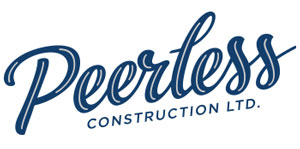LEED or Leadership in Energy and Environmental Design is a program designed to promote sustainable practices within the building and construction industry. For sites that have already completed construction, there are a few things you can do to change your businesses habits to obtain some level of LEED Certification. In terms of new construction, however, you can do a lot with the design and construction of your new building to improve your overall sustainability. Most general contractors are familiar with the basic forms of LEED certification standards if sustainability is something you want you can work with your construction companies to get LEED.
So, What Do You Need To Know About LEED?
LEED was created in 1998 by the US Green Building Council. The building guidelines can be used to help in the development of sustainable homes, schools, offices, neighborhood – really everything is capable of becoming LEED Certified. A construction project management team will have access to LEED requirements and will know how to build within the standards.
Are There Different Levels?
LEED certifications come in at four different levels. The different levels are awarded based on points. Those points relate to the amount of efficiency and sustainability the building has when complete. The levels are:
- Certified
- Silver
- Gold
- Platinum
Points are awarded based on a lot of different factors. New construction categories are:
- Water Efficiency
- Site Development Sustainability
- Materials
- Indoor Environment Quality
Where existing structures have to go by:
- Water and Energy Use
- Site Development Sustainability
- Environmentally Preferred Cleaning Products and Practices
- Sustainable Purchasing Policies
- Waste Management
- Site Maintenance
Compared to just the building standards LEED also represents business policies and practices which encourage sustainable living within an office space. Encouraging recycling systems and waste awareness are great ways to help your office become LEED certified.
Building contractors with experience in LEED construction projects are a great starting place for building a better work environment and helping the planet. Recent efforts have lead to another breakthrough in sustainable certification practices. The TRUE Zero Waste rating system, where TRUE stands for Total Resource Use and Efficiency, has begun its trek into the world of general contractors. According to the US Chamber of Commerce most construction professionals, two out of three, expect the market to continue to grow. As the investment in commercial building continues to increase, the practice of sustainable building should become more standard. Understanding these sustainable practices will help your business succeed.


Recent Comments